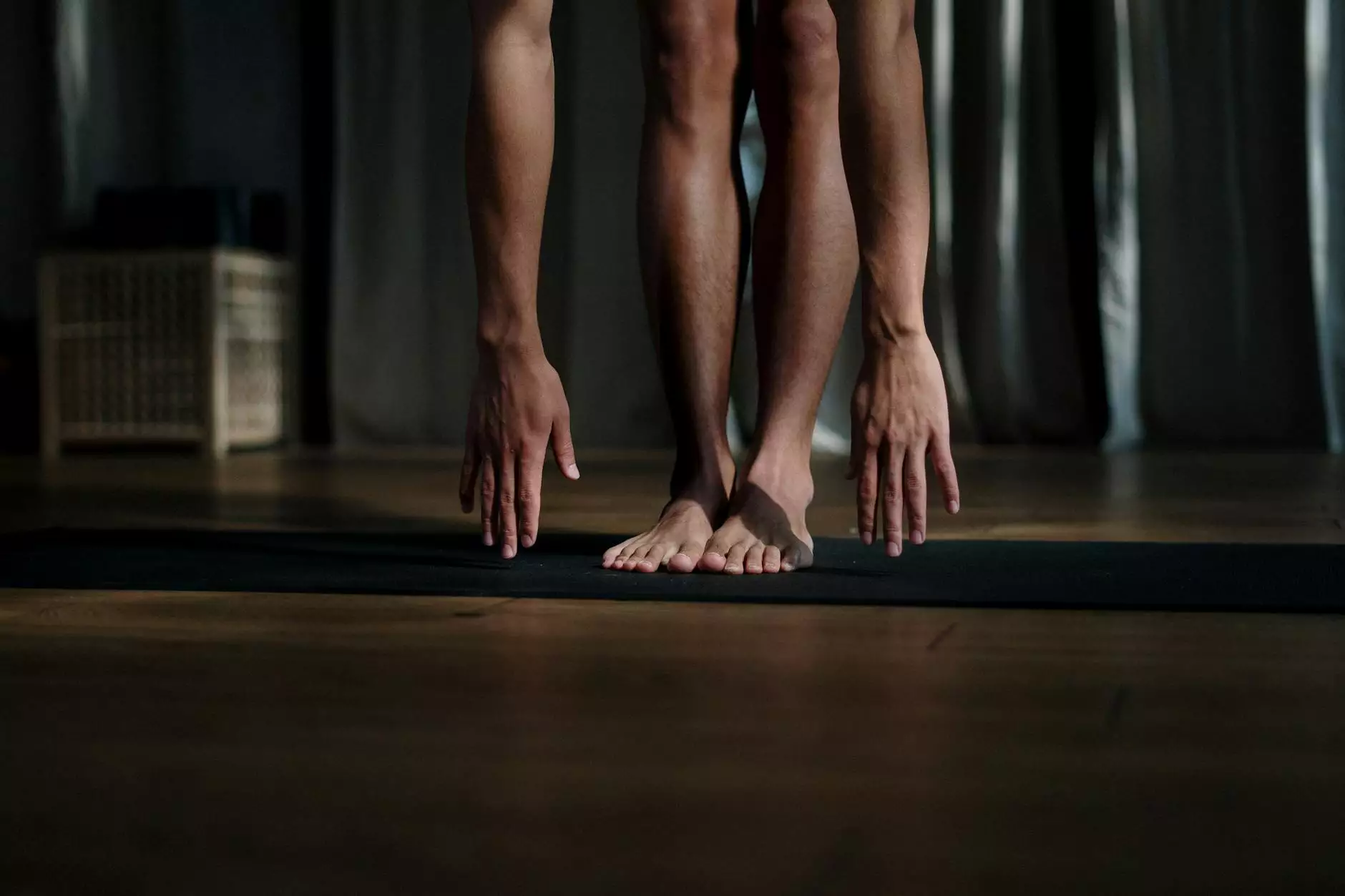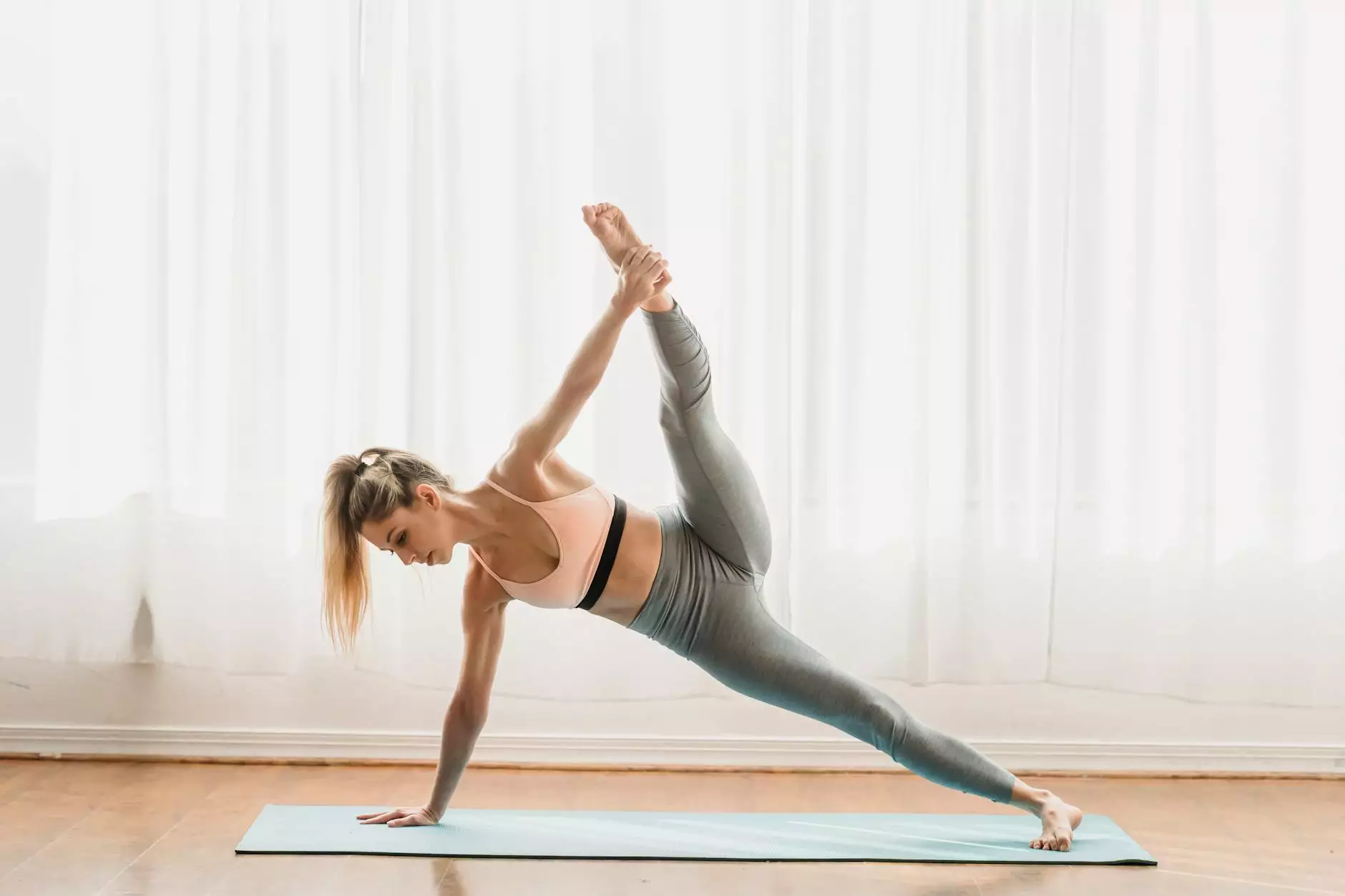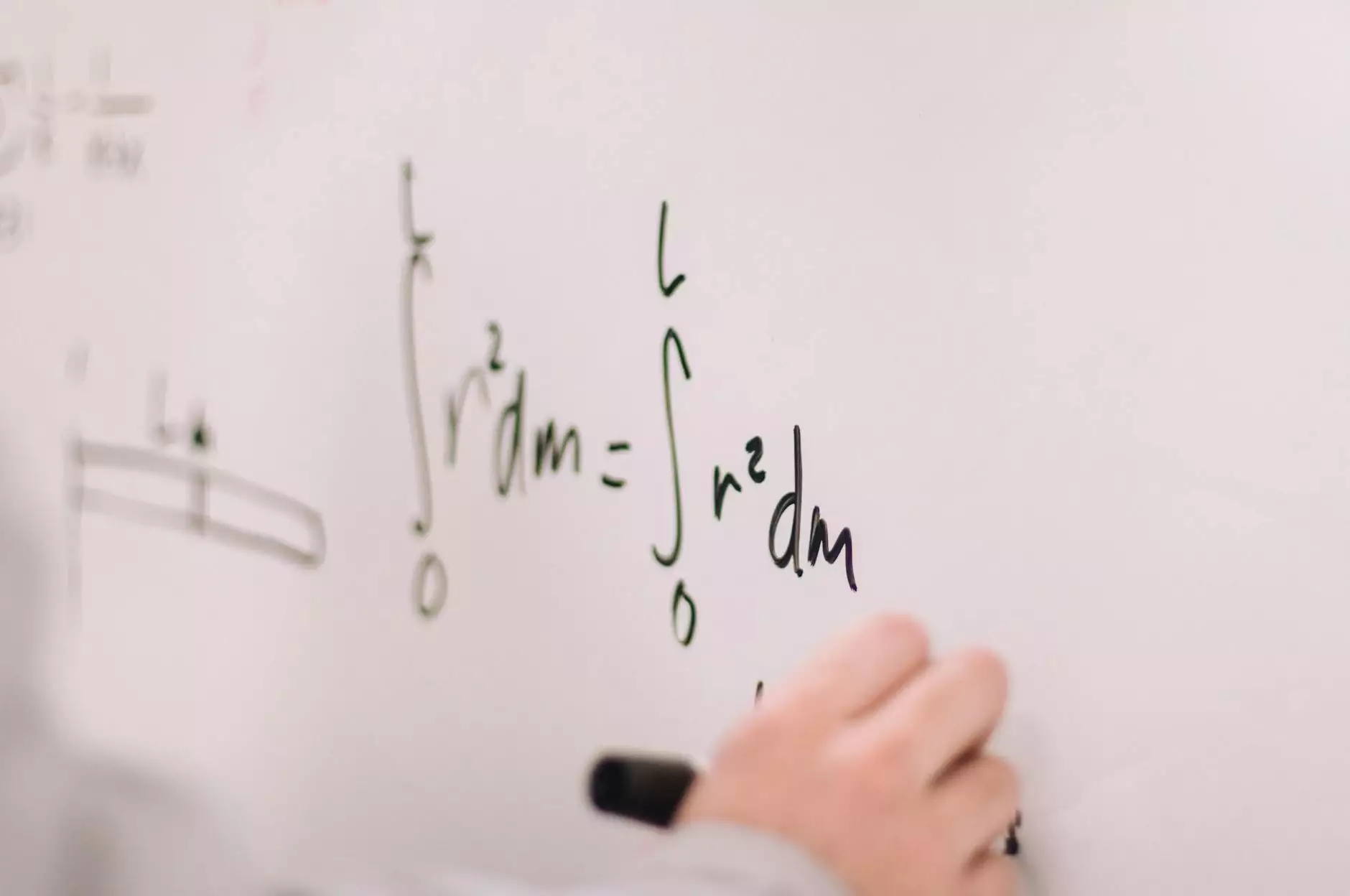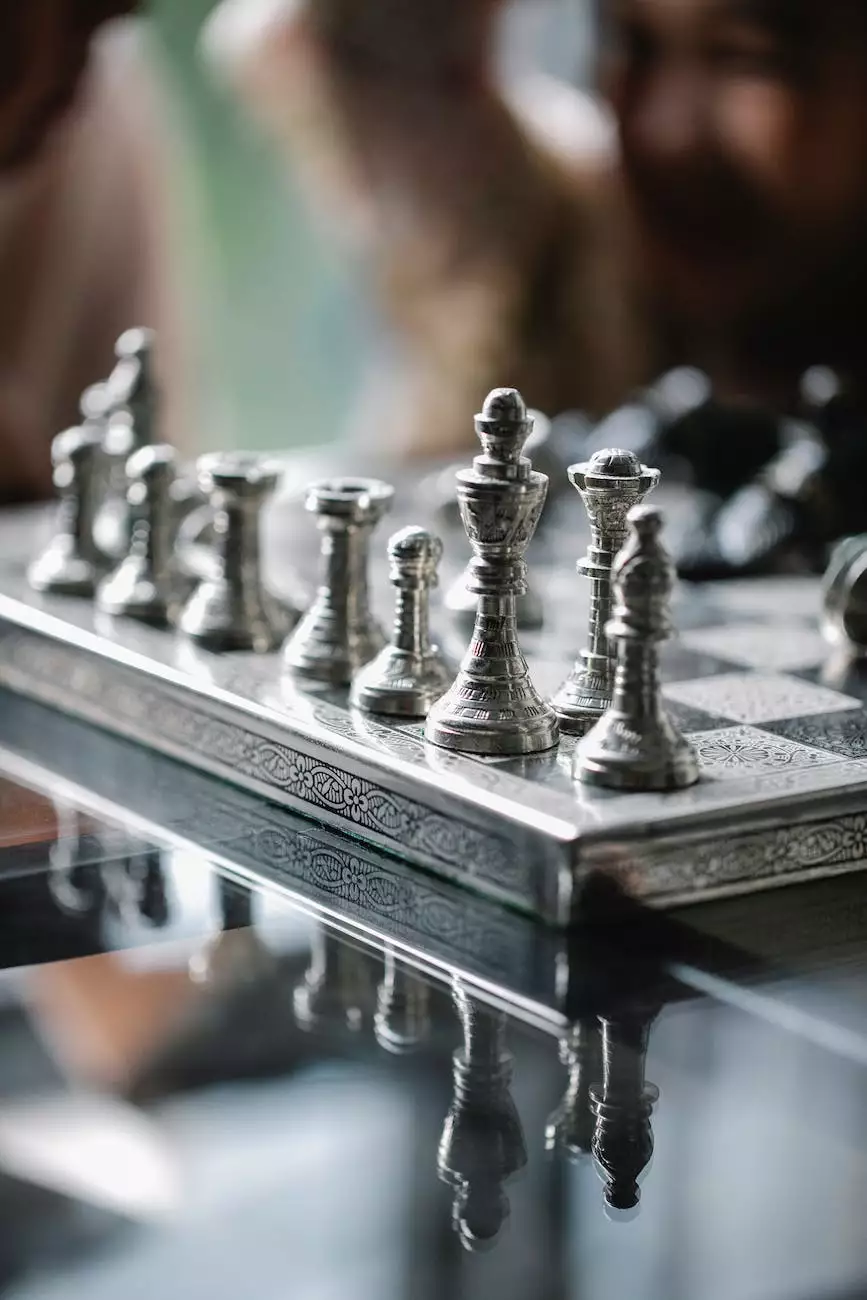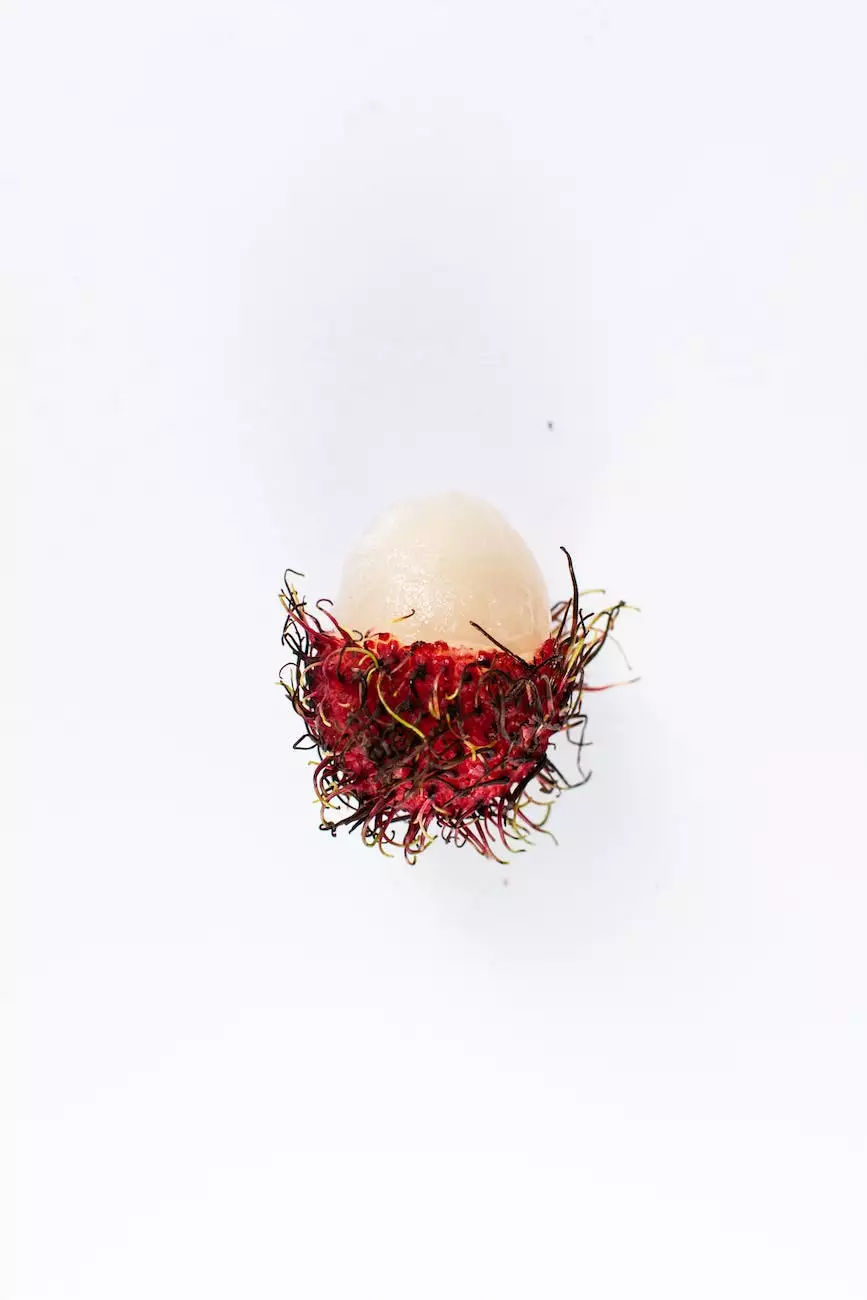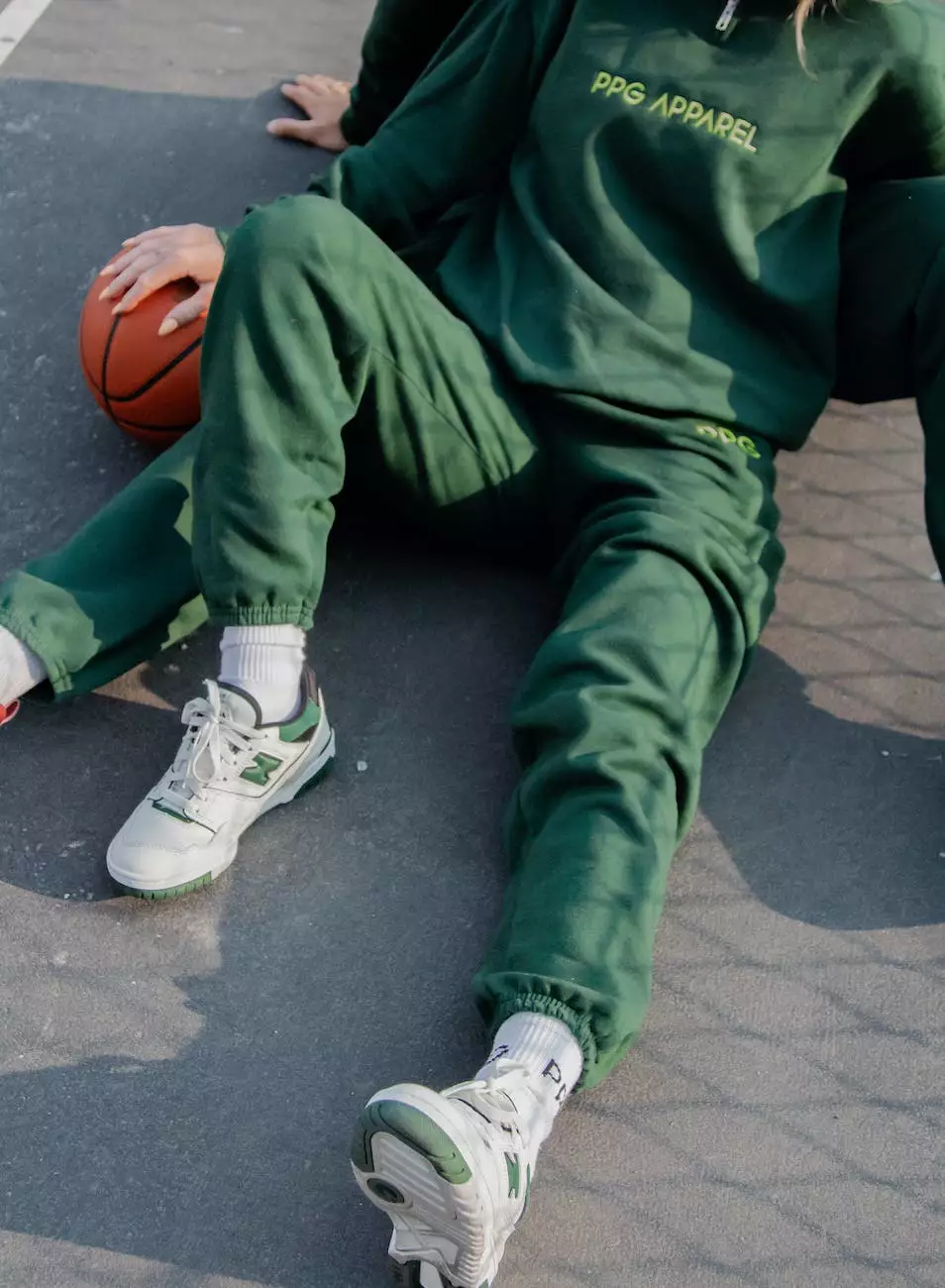Top 10 Exercises For Little League Athletes
Physical Therapy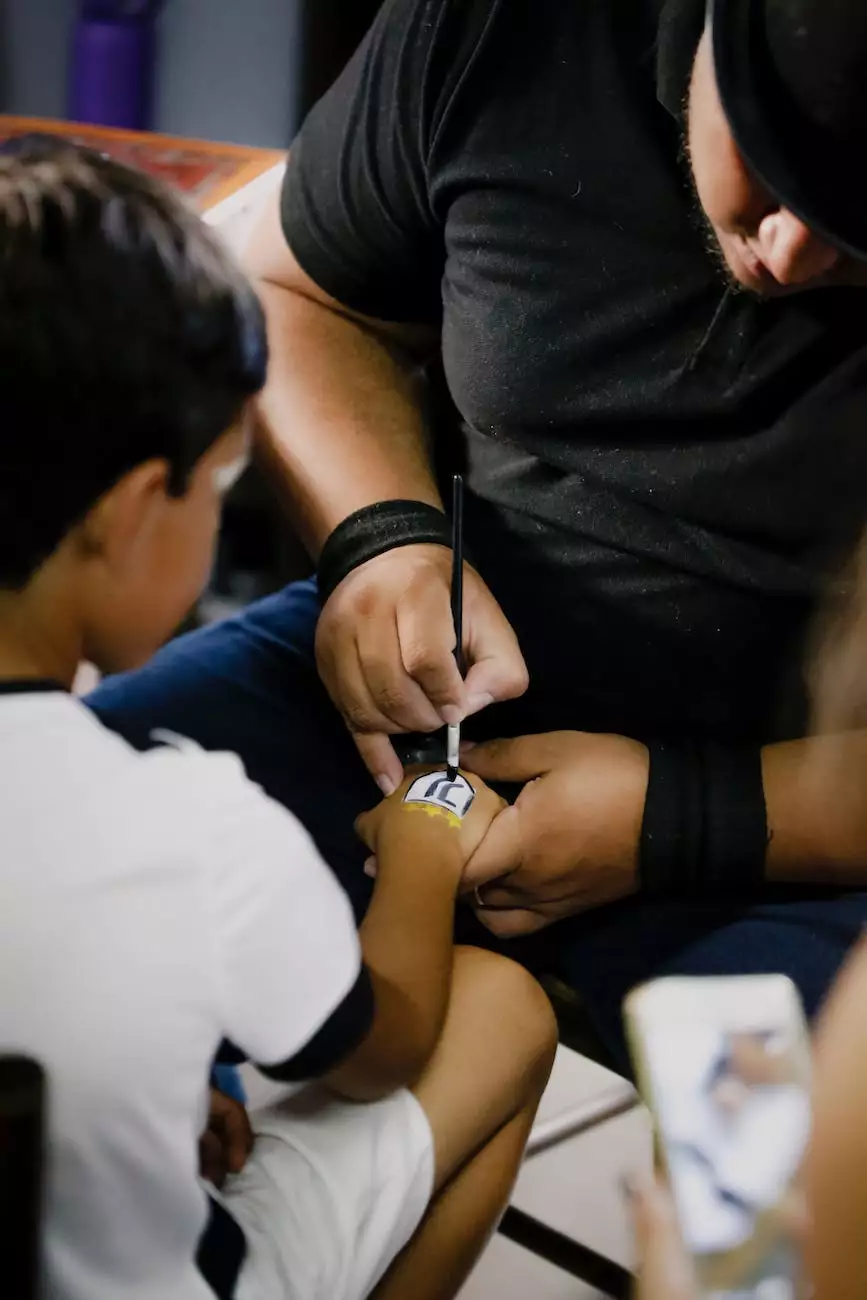
Introduction
Welcome to Bowling Orthopaedics, your trusted source for expert advice on health and fitness for young athletes. In this article, we will share the top 10 exercises specifically designed to enhance the performance and reduce the risk of injuries among little league athletes. Whether your child is playing baseball, softball, or any other little league sport, incorporating these exercises into their routine will help them excel and stay healthy on the field.
1. Squats
Squats are a fundamental exercise that targets the lower body, including the quadriceps, hamstrings, and glutes. They help improve leg strength, stability, and power, which are crucial for little league athletes. Encourage your child to perform proper squat form and gradually increase their resistance over time.
2. Lunges
Lunges are excellent for developing lower body strength and balance. They primarily target the quadriceps, hamstrings, and glutes, but also engage the core muscles. Incorporate different variations of lunges, such as walking lunges or reverse lunges, to provide a well-rounded workout for your little league athlete.
3. Push-ups
Push-ups are a versatile exercise that strengthens the upper body, including the chest, shoulders, and triceps. They also engage the core muscles for stability. Encourage your child to maintain proper form and gradually increase the number of repetitions as their strength improves.
4. Planks
Planks are an excellent exercise for strengthening the core muscles, which are vital for stability and injury prevention. Have your child hold the plank position for as long as possible while maintaining proper form. Gradually increase the duration over time to continuously challenge their core muscles.
5. Medicine Ball Throws
Medicine ball throws are great for improving upper body power and rotational strength, which are essential for little league athletes. Incorporate exercises such as overhead throws, chest passes, and rotational throws using a medicine ball. Make sure your child uses proper technique and gradually increases the weight of the medicine ball.
6. Single-Leg Balance Exercises
Balance exercises are crucial for little league athletes as they improve stability and reduce the risk of ankle sprains and other lower body injuries. Incorporate single-leg balance exercises like standing on one leg, performing heel-to-toe walks, or utilizing balance boards to challenge your child's balance and proprioception.
7. Agility Drills
Agility drills help little league athletes enhance their footwork, speed, and coordination on the field. Set up cones or markers in various patterns and have your child perform drills like shuttle runs, ladder drills, or zig-zag sprints. These exercises simulate the movements they may encounter during a game and improve their overall agility.
8. Jumping Exercises
Jumping exercises, such as vertical jumps or box jumps, target leg power and explosiveness. These exercises are beneficial for improving a little league athlete's ability to sprint, accelerate, and change directions effectively. Ensure your child performs jumping exercises with proper landing technique and gradually increases the height or difficulty of the jumps.
9. Resistance Band Exercises
Resistance band exercises provide a low-impact way to strengthen various muscle groups without putting excessive stress on joints. Include exercises like band walks, lateral raises, or shoulder rotations using resistance bands to improve muscular strength and stability for your little league athlete.
10. Flexibility and Stretching
Incorporating flexibility exercises and regular stretching sessions into your child's routine is crucial for preventing muscle imbalances and injuries. Encourage them to perform dynamic stretches before a practice or game and static stretches after physical activity to enhance flexibility and maintain healthy muscle function.
Conclusion
By incorporating these top 10 exercises into your little league athlete's training routine, they will be well-equipped to perform at their best while minimizing the risk of injuries. Remember to prioritize proper form, gradually increase intensity, and allow for adequate rest and recovery. As always, consult with a qualified healthcare professional or sports medicine specialist, like Bowling Orthopaedics, for personalized guidance tailored to your child's specific needs. Help your little league athlete shine on the field with these exercises and achieve their full potential!

